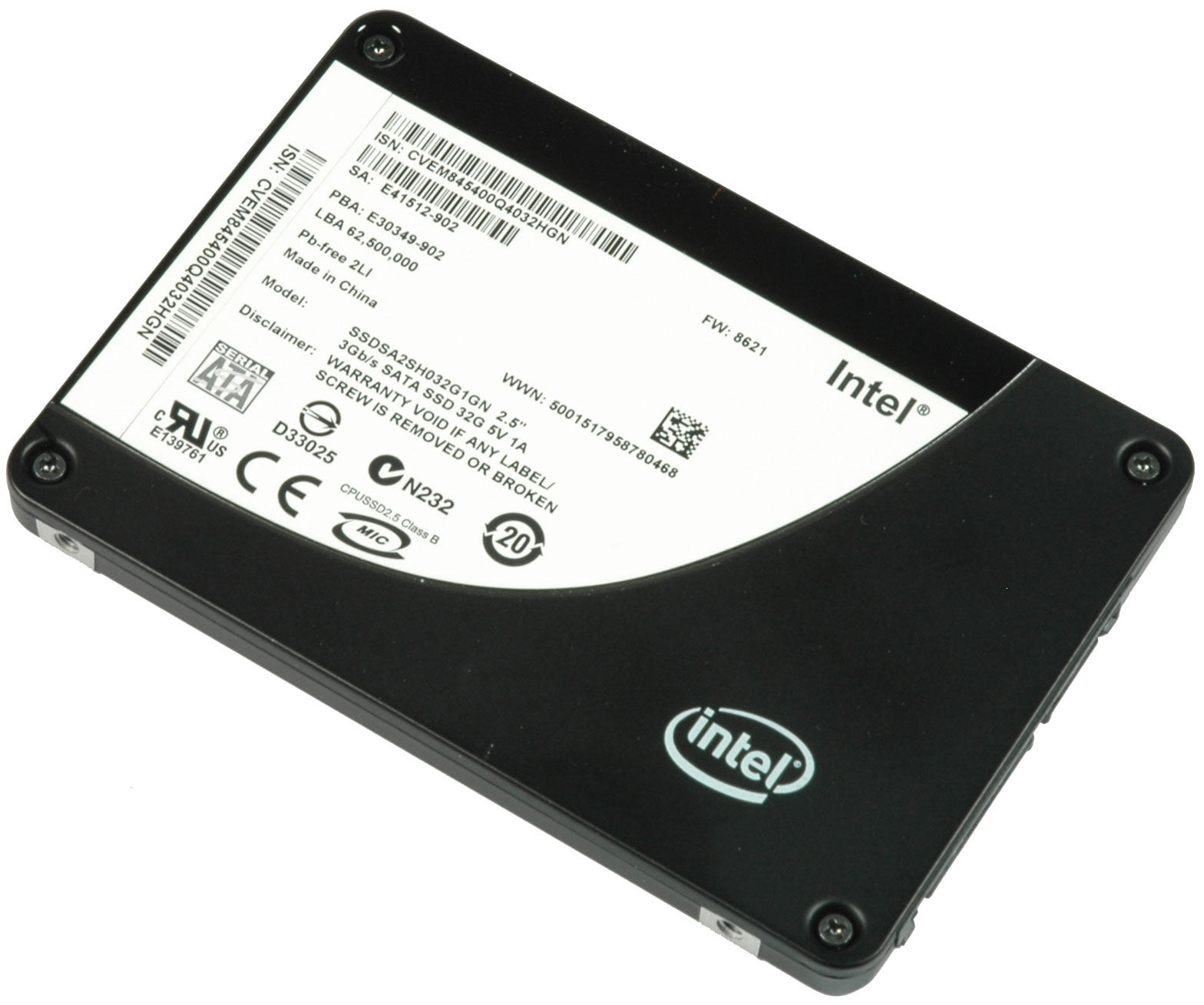Intel’s X25-E SSD Walks All Over The Competition
They Did It Again: X25-E For Servers Takes Off
The first solid state drive by Intel was the mainstream X25-M, which we reviewed last September. It is available in capacities of 80 GB and 160 GB, and its performance and power efficiency set new standards for desktop systems and notebooks. However, since it is based on MLC flash memory, its write throughput and I/O performance generally aren't considered suitable for servers and workstations. That all changes with the introduction of the X25-E SLC-based SSD.
X25-M/X25-E: Why Two SSDs?
There are two different types of flash memory on the market: multi-level cell (MLC) and single-level cell (SLC). MLC stores multiple bits of data in each flash memory cell, making it less expensive. SLC costs much more, but allows direct access to each bit of data, which enables better performance for random access and write operations.
Let me give you an example: the X25-M, which has been Intel’s desktop flash SSD product, reaches a level of 200 MB/s in read throughput, but it only writes at up to 75 MB/s. And although it provides great I/O performance, an SLC-based flash SSD can do much better.
Enterprise Requirements
Enterprise customers typically require as many I/O operations per second as possible in order to sustain the minimum number of transactions per second required by mission-critical applications. In this context, Intel paired its excellent flash controller with SLC memory. The result is amazing, as the X25-E drive simply leaves its competition in the dust.
We compared it to the X25-M, a Samsung 64 GB mainstream flash SSD, server SSDs from Mtron and Memoright, and the two fastest 15,000 RPM hard drives you can get: the Hitachi Ultrastar 15K450, and Seagate’s Cheetah 15K.6.
Get Tom's Hardware's best news and in-depth reviews, straight to your inbox.
Current page: They Did It Again: X25-E For Servers Takes Off
Next Page The X25-E Enterprise SSD